Microphones/Polar Patterns
1/30
There's no tags or description
Looks like no tags are added yet.
Name | Mastery | Learn | Test | Matching | Spaced |
|---|
No study sessions yet.
31 Terms
What is a dynamic microphone?
A microphone that uses a moving coil and a magnet to convert sound into an electrical signal, making it durable and well-suited for handling loud sounds.
What is a condenser microphone?
A microphone that uses a charged diaphragm and backplate, functioning like a capacitor, which makes it very sensitive and able to capture detail but requires an external power source such as phantom power or a battery.
What is a ribbon microphone?
A microphone that uses a thin strip of metal suspended between magnets to detect sound vibrations, producing a warm and natural sound, though it is more delicate and often bidirectional.
What is a boundary micrphone?
A microphone that is placed on or near a surface to capture sound reflections, making it especially useful for conferences, theater productions, and recording room ambience.
What is the proximity effect?
The closer you are to the microphone, the more low frequency build up that will occur at the microphone output
What is a capacitor?
An electronic component that stores and releases electrical energy, often used in microphones, filters, and circuits to manage signals.
What is a transducer?
A device that converts one form of energy into another, such as sound waves into electrical signals.
If you are positioned at 0 degrees, where are you located in relation to the microphone?
In front of the microphone
If you are positioned at 90/270 degrees, where are you located in relation to the microphone?
To the left or right of the microphone
If you are positioned at 180 degrees, where are you located in relation to the microphone?
Behind the microphone
What is a microphone’s null point?
A point around the microphone where sound is least effectively picked up due to its polar pattern.
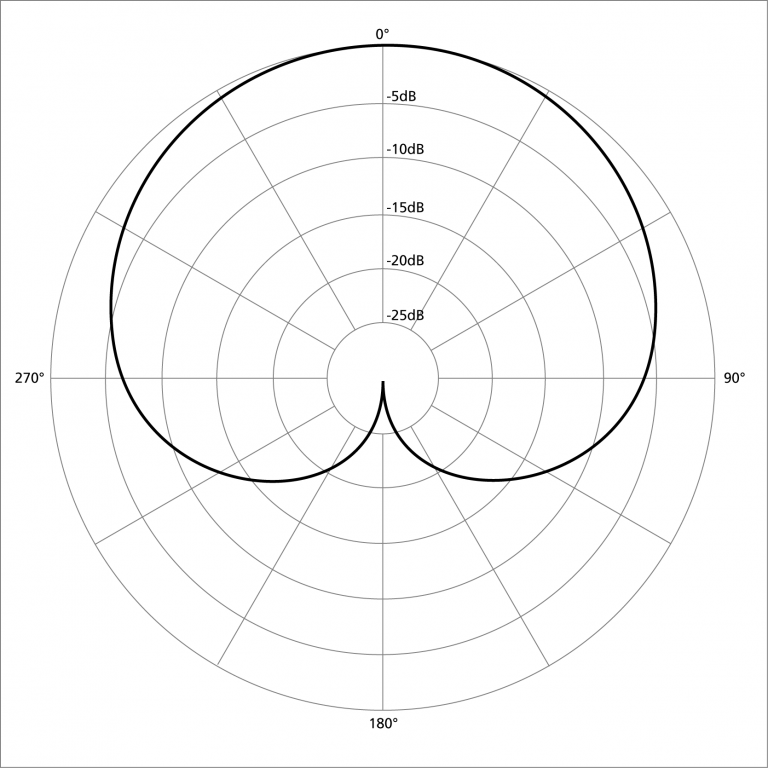
What polar pattern is this?
Cardioid
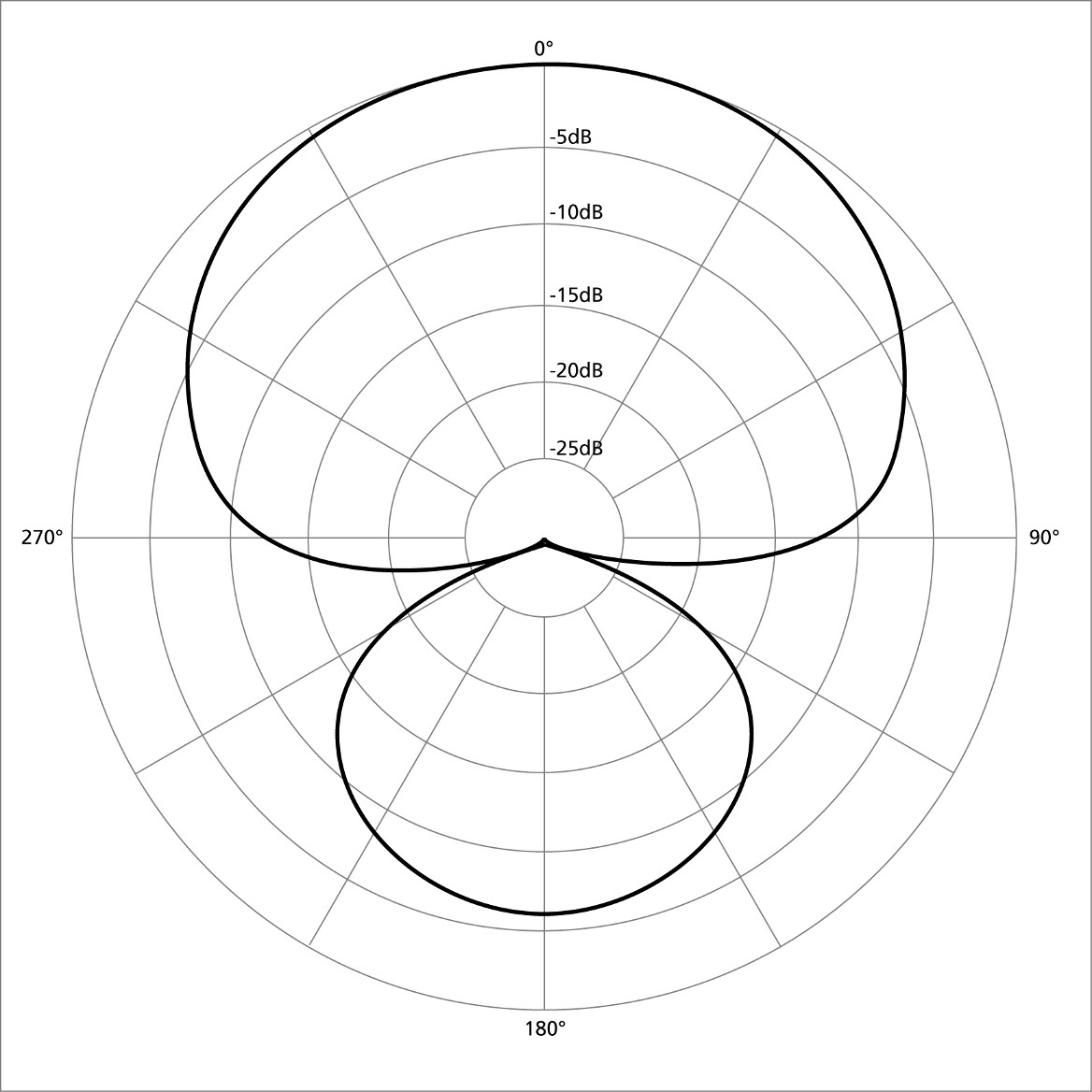
What polar pattern is this?
Hyper Cardioid
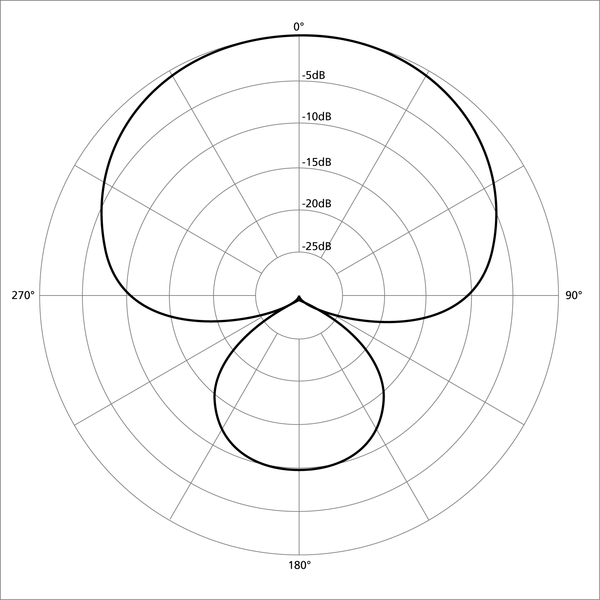
What polar pattern is this?
Super Cardioid
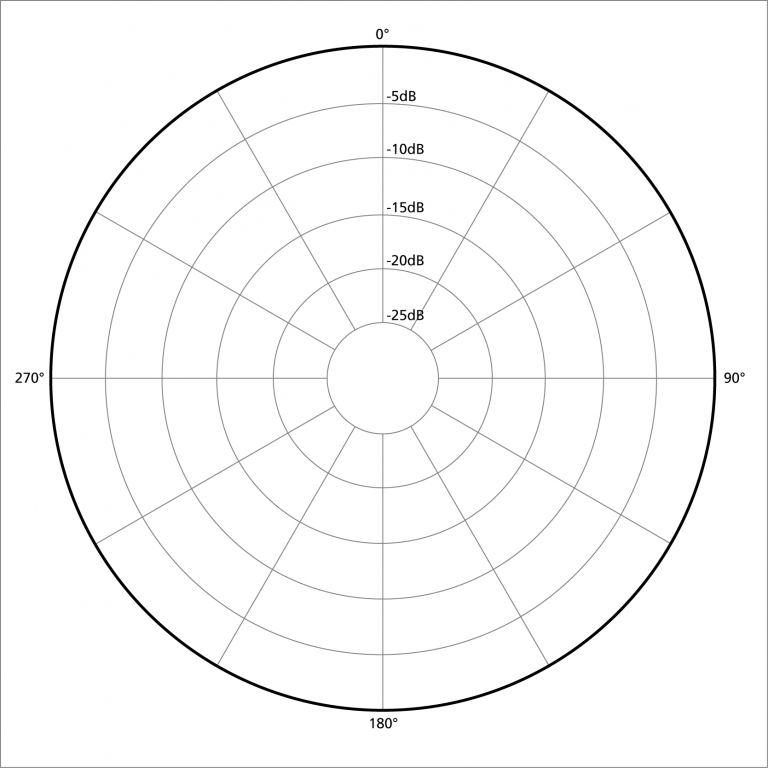
What polar pattern is this?
Omni Directional
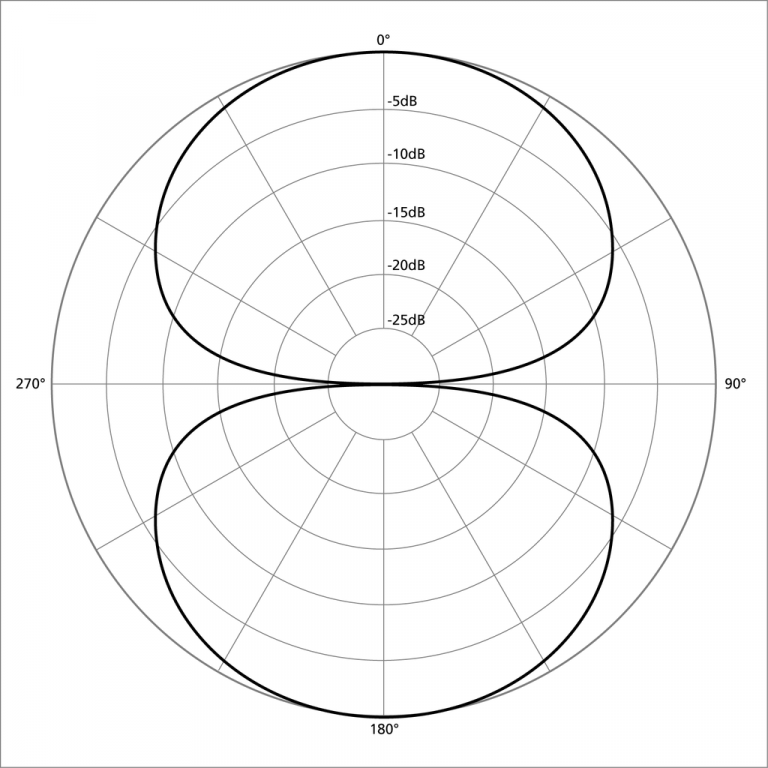
What polar pattern is this?
Bi-Directional
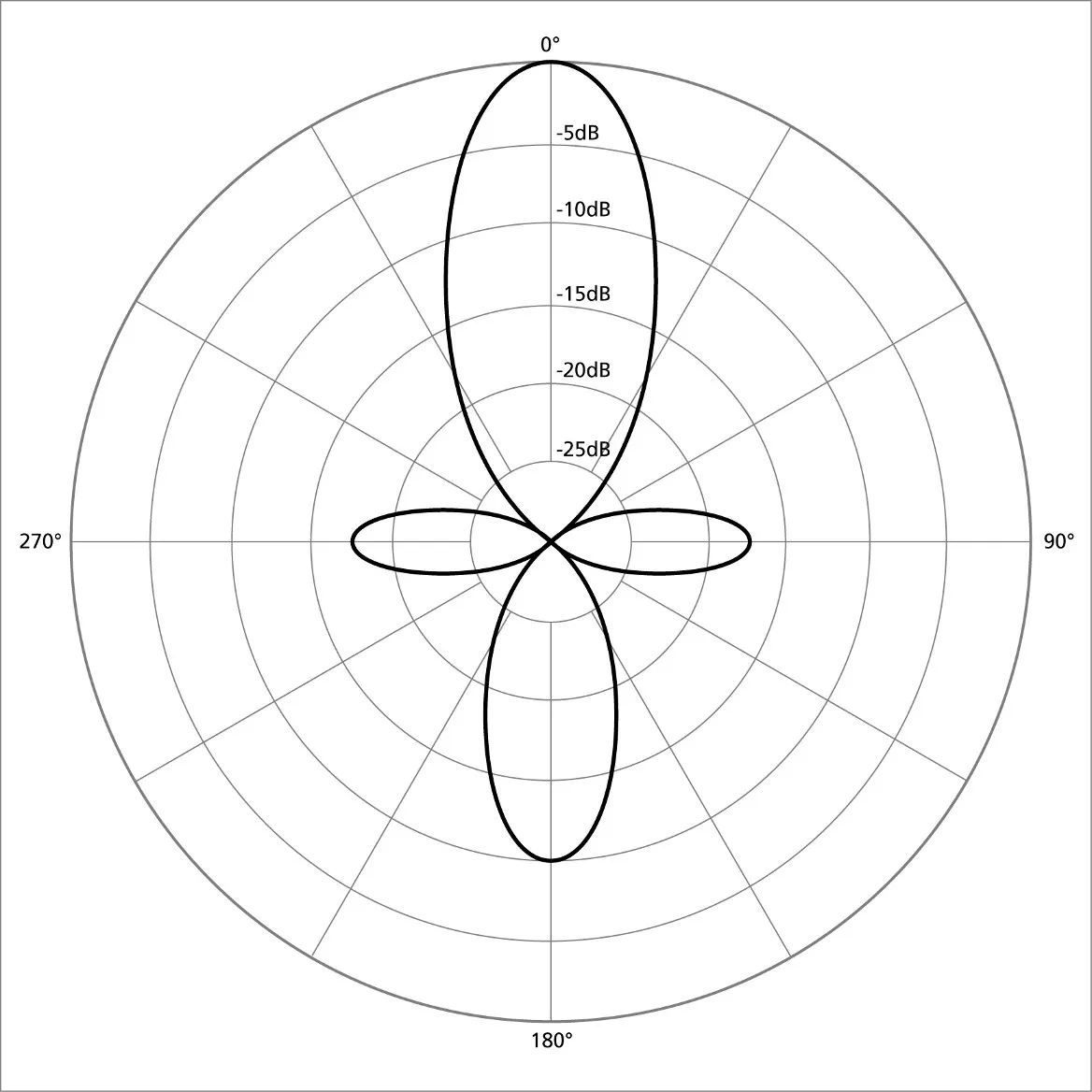
What polar pattern is this?
Shotgun
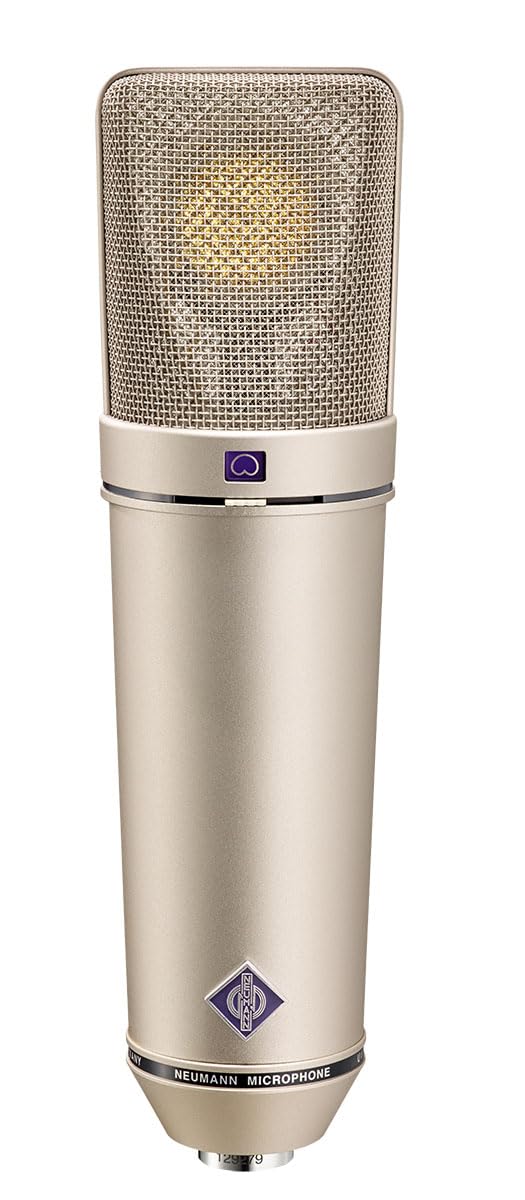
What kind of microphone is this?
Condenser
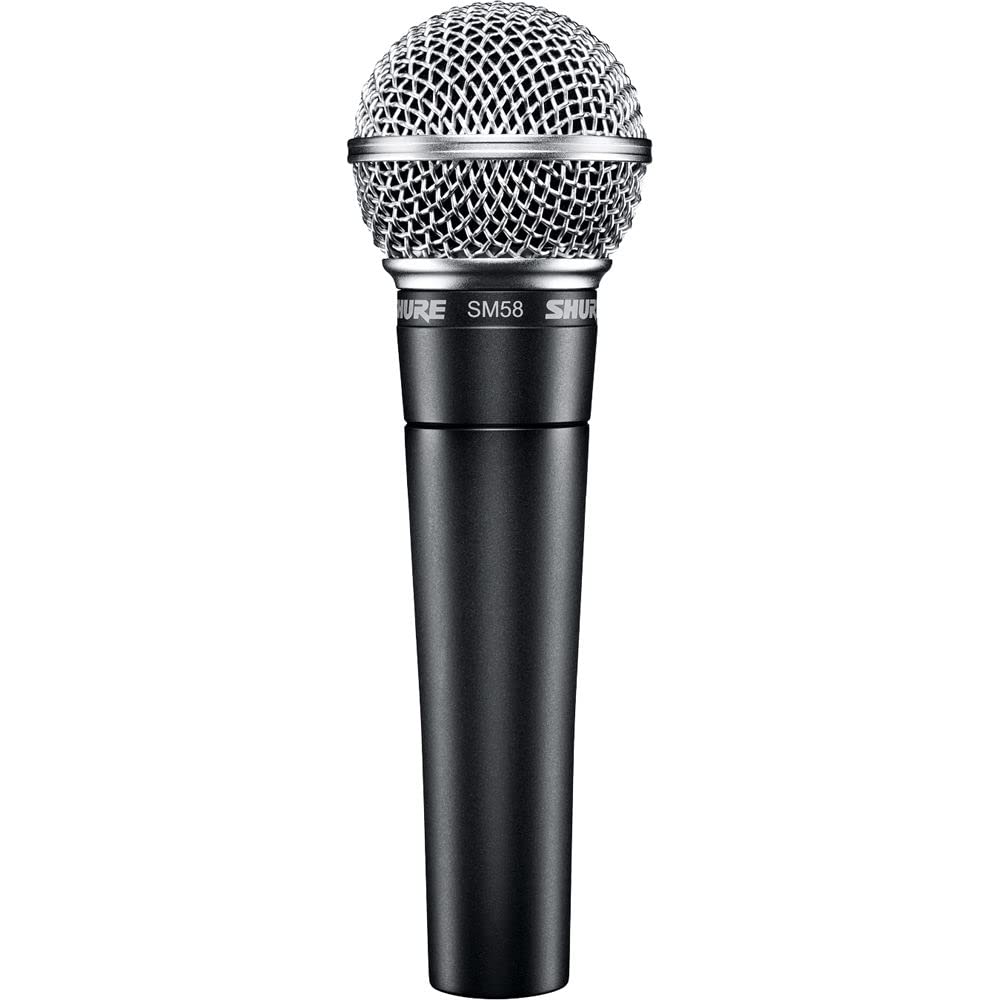
What kind of microphone is this?
Dynamic
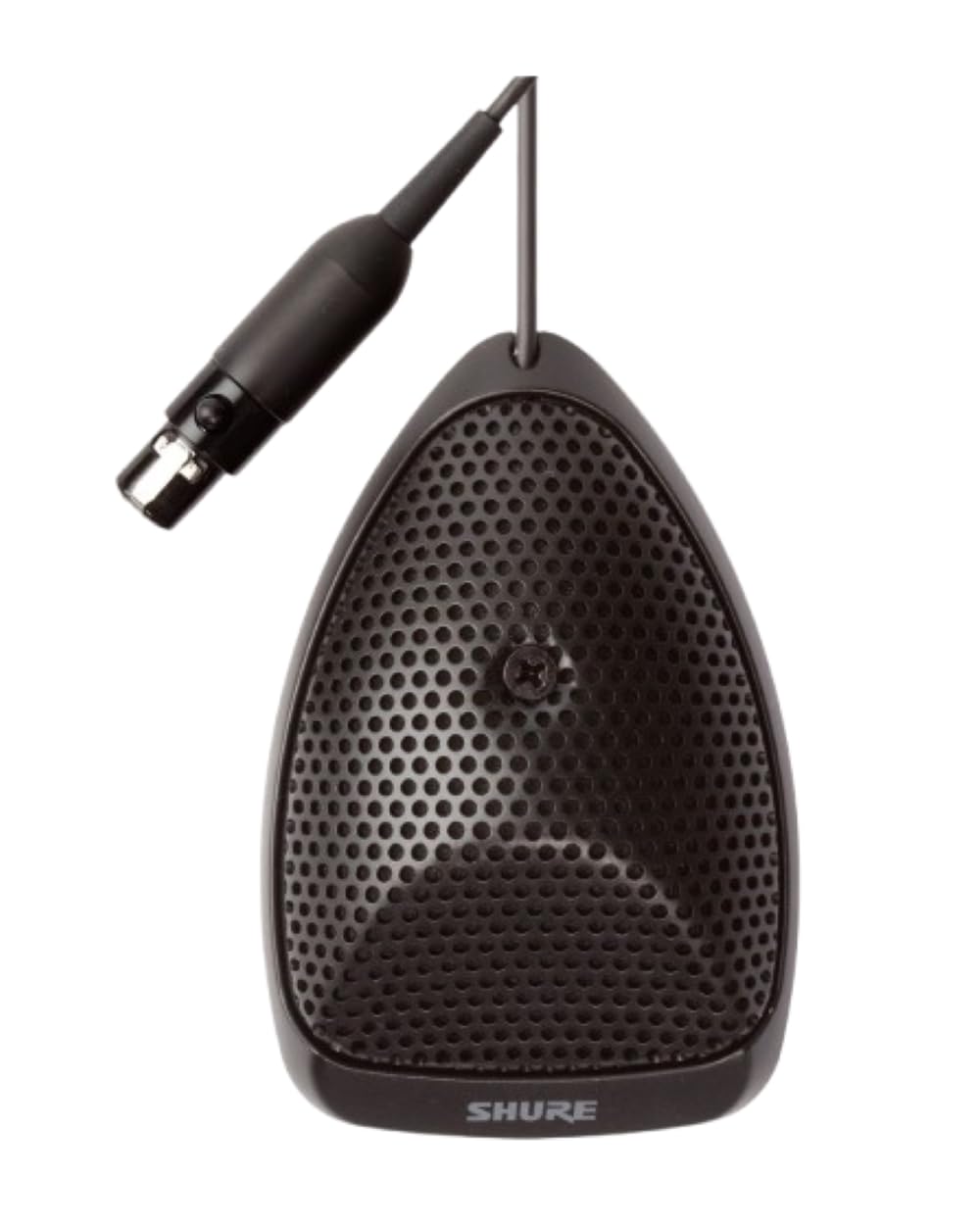
What kind of microphone is this?
Boundary
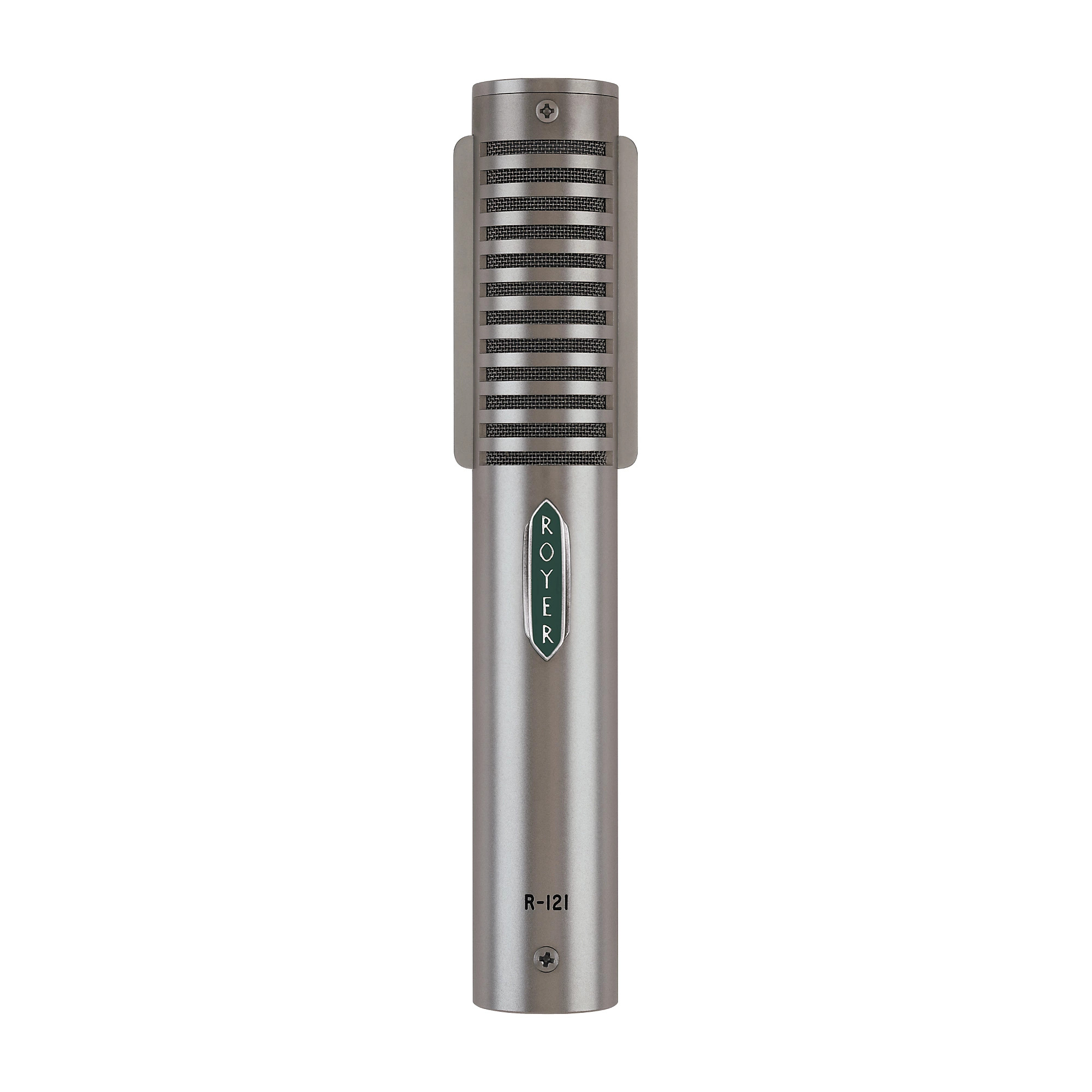
What kind of microphone is this?
Ribbon
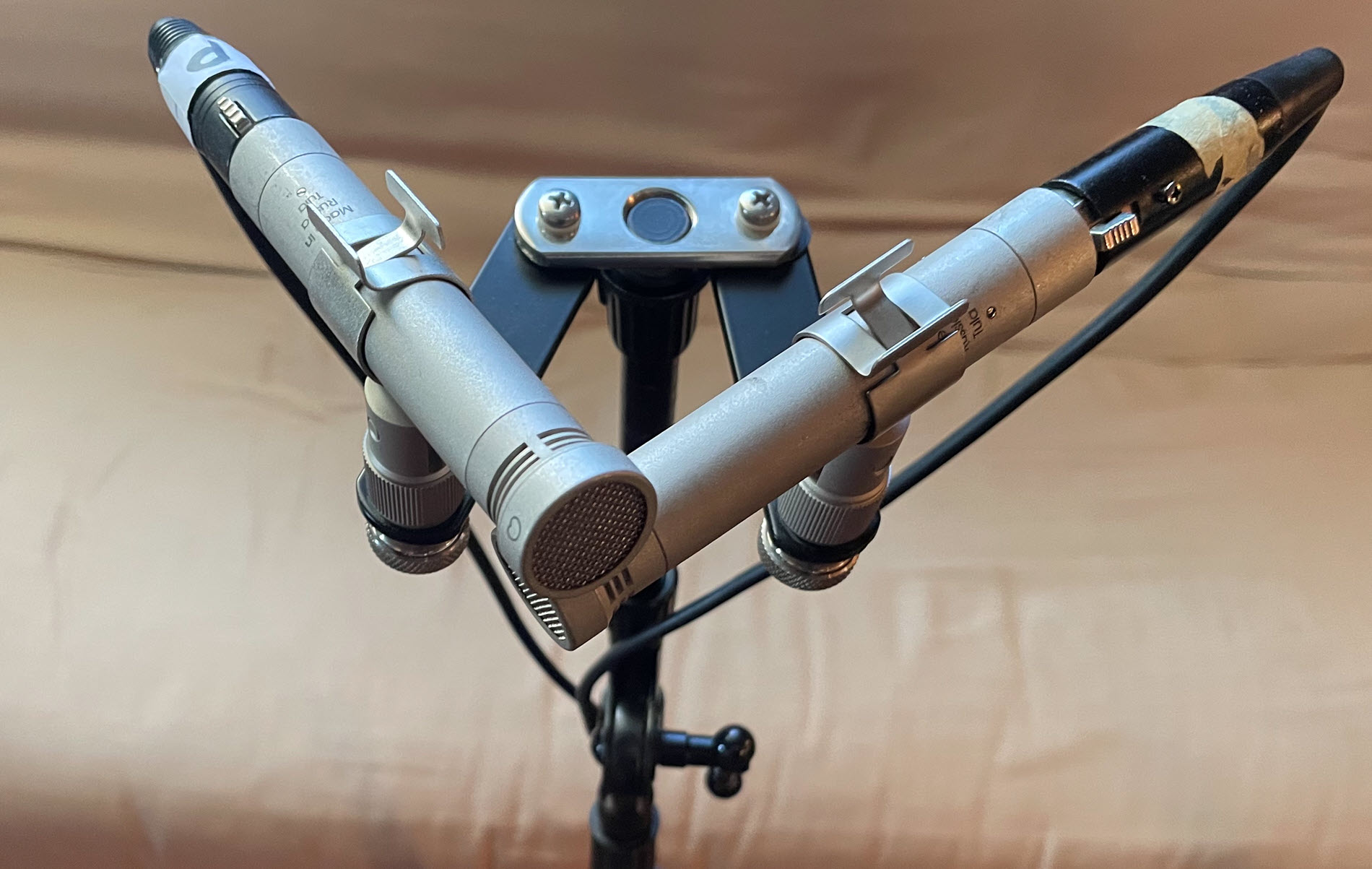
What stereo microphone technique is this?
X/Y
What is an X/Y stereo microphone technique?
Two cardioid mics at the same point, angled (usually 90°–120°). Captures stereo via level differences, mono-compatible, tight image.
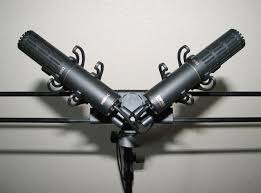
What stereo microphone technique is this?
ORTF
What is an ORTF stereo microphone technique?
Two cardioids spaced 17 cm apart, angled 110°. Mimics human ear spacing, gives natural stereo width with both time and level differences.
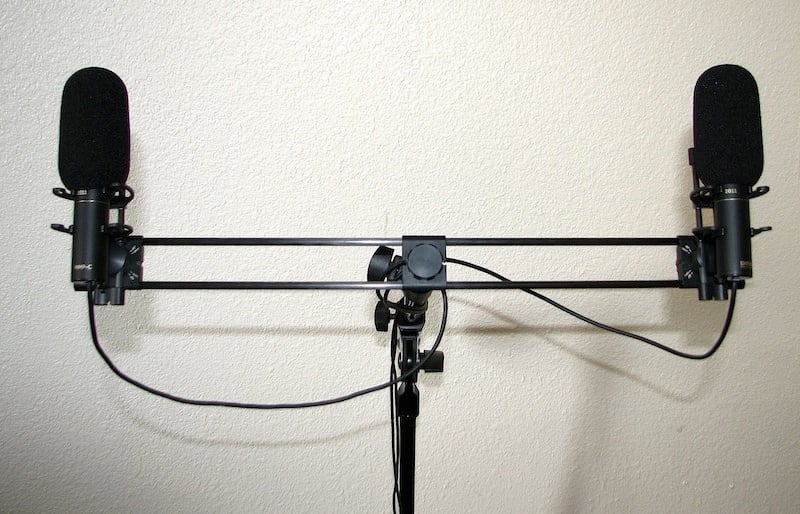
What stereo microphone technique is this?
Spaced Omni
What is a Spaced Omni stereo microphone technique?
Two omnidirectional mics spaced apart (often 40–60 cm+). Captures stereo via time differences, produces wide, spacious sound but less mono-compatible.
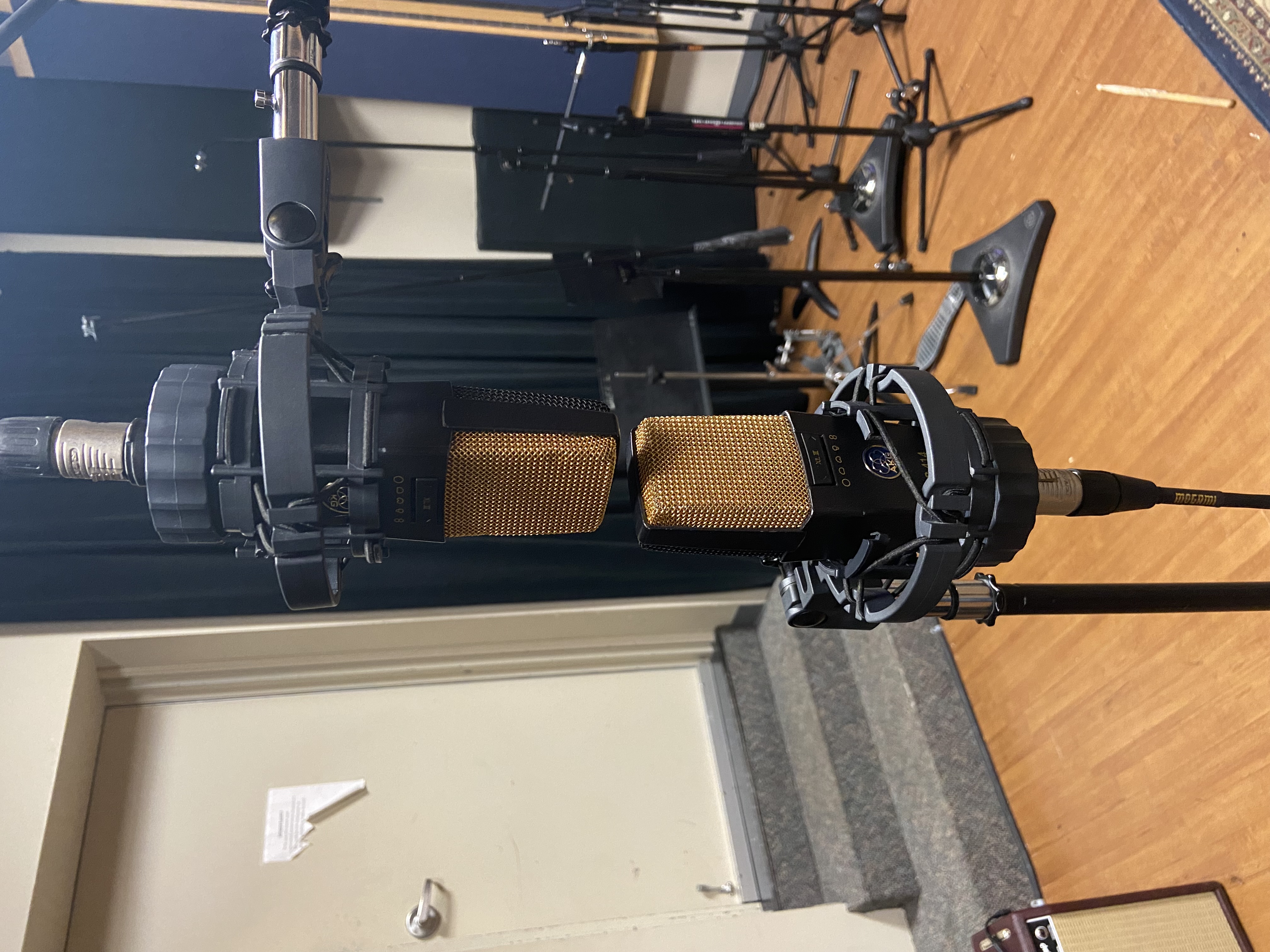
What stereo microphone technique is this?
Blumlein
What is a Blumlein stereo microphone technique?
Two bidirectional (figure-8) mics at 90° in the same spot. Captures full stereo image including room ambience, very immersive.
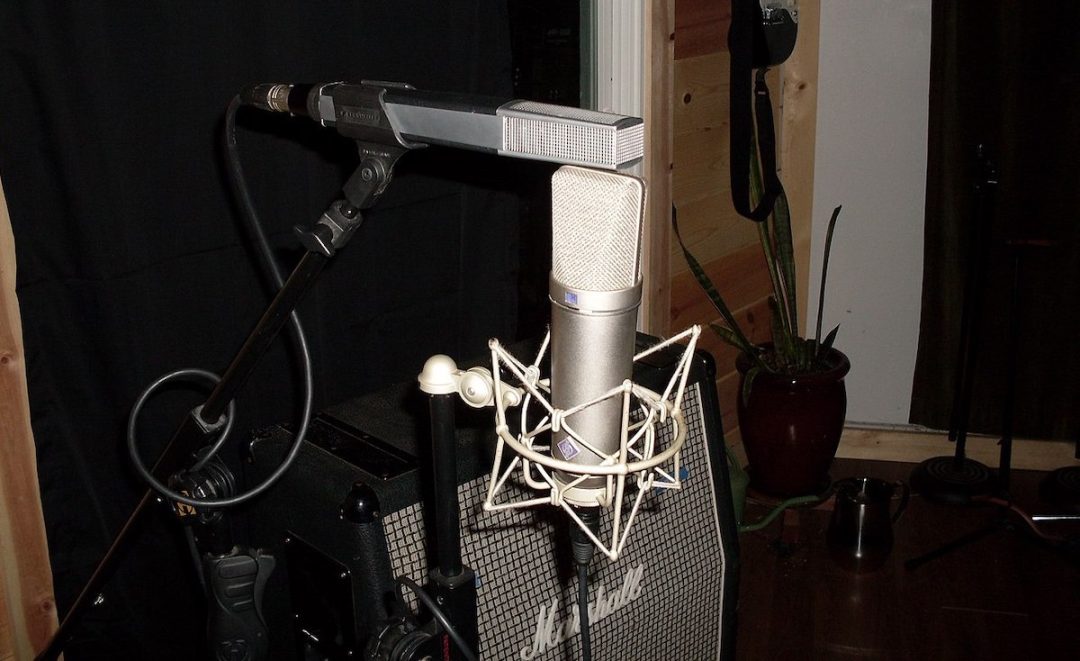
What stereo microphone technique is this?
Mid Side
What is a Mid Side stereo microphone technique?
One forward-facing cardioid and one side-facing figure-8. Stereo width adjustable in mix, fully mono-compatible.